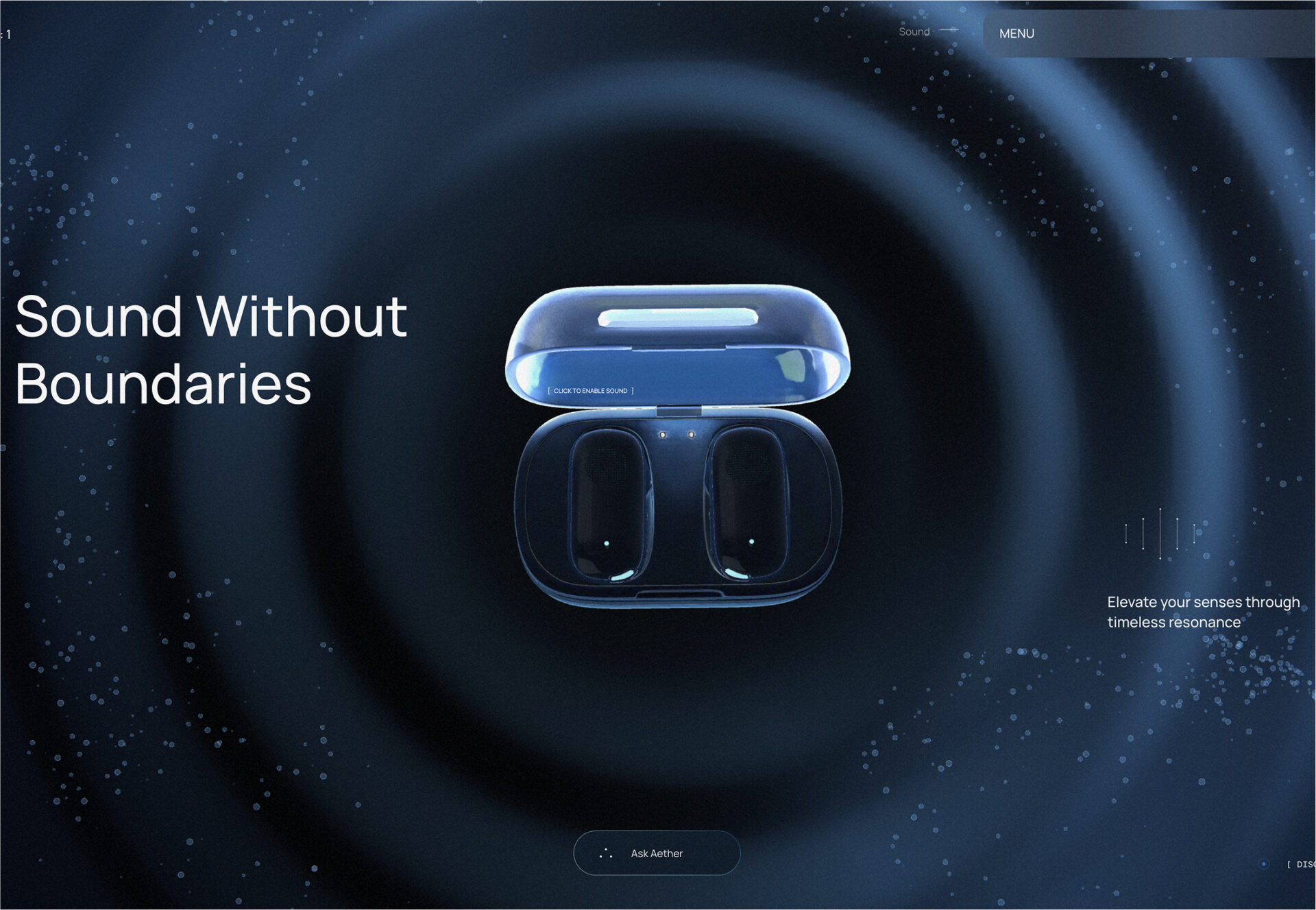Let’s be honest about something: most portfolio advice you read online is terrible.
I know, I know—that’s a bold statement. But hear me out. After analyzing hundreds of portfolios that actually land jobs and talking to hiring managers who make the decisions, I’ve noticed a massive disconnect between what content creators preach and what actually works.
The Problem With “Perfect Portfolio” Content
Everyone’s obsessed with making portfolios look pretty. Browse any design community or career blog, and you’ll find endless posts about color schemes, typography, and aesthetic perfection. But here’s the thing that might surprise you: hiring managers spend an average of 7 seconds looking at your portfolio.
Seven seconds.
That beautiful gradient you spent three days perfecting? They probably didn’t even notice it.
Now, before you throw your hands up and abandon all design principles, let me play devil’s advocate for a moment. Visual design does matter—just not in the way most people think. A poorly designed portfolio can absolutely hurt your chances. But a gorgeous portfolio with weak content will fail every single time.
What Actually Makes Portfolios Perform
After reviewing successful portfolios across tech, design, and creative fields, three patterns emerge consistently:
1. Outcome-Focused Case Studies Beat Pretty Pictures
The portfolios that get callbacks don’t just show what you made—they show what happened because you made it. Instead of leading with screenshots, successful portfolios lead with results:
- “Reduced user drop-off by 34% through UX optimization“
- “Increased client conversions by $50K annually”
- “Cut development time in half with this React component library”
However, let’s be realistic here. Not every project will have earth-shattering metrics. Sometimes you’ll work on projects where success is harder to quantify. That’s okay—just be honest about what you learned and how you approached problems.
2. Process Documentation Trumps Final Deliverables
This one might sting if you’re used to the “reveal the masterpiece” approach. But hiring managers want to see how you think, not just what you produce.
The most successful portfolios walk through:
- Initial problem identification
- Research and discovery methods
- Iteration cycles and pivots
- Decision-making rationale
- Lessons learned and next steps
Think about it from a hiring perspective: they’re not just buying your past work. They’re investing in your future problem-solving abilities.
3. Specificity Beats Generalization
Here’s where most career content gets it wrong. Everyone tells you to “showcase versatility” and “demonstrate range.” But the portfolios that consistently perform focus deeply on specific skills and industries.
A React developer who specializes in e-commerce performance optimization will always beat a “full-stack developer who does everything” when applying for React positions. Specialization signals expertise.
But—and here’s the devil’s advocate moment—this approach can limit your opportunities. If you’re early in your career or genuinely passionate about multiple disciplines, forced specialization might feel restrictive. The key is finding the sweet spot between focus and flexibility.
The Career Content That Actually Moves Needles
Let’s talk about career content beyond portfolios. Because honestly, your portfolio is just one piece of a much larger puzzle.
Personal Branding That Doesn’t Feel Gross
Most personal branding advice makes you sound like a corporate robot. “Optimize your LinkedIn headline!” “Post daily for maximum engagement!” “Build your thought leadership!”
Ugh.
The professionals who build authentic personal brands do something different: they share their actual work and genuine perspectives. They’re not performing expertise—they’re demonstrating it through consistent, valuable contributions to their field.
However, let’s acknowledge the uncomfortable truth: personal branding does work. Even if it feels performative, professionals with strong online presence do get more opportunities. The challenge is finding an approach that feels authentic to you.
Networking That Doesn’t Require Schmoozing
Traditional networking advice is awful. “Attend industry events!” “Work the room!” “Always be connecting!”
For many people (especially introverts), this approach feels exhausting and inauthentic. Successful professionals often build networks differently:
- Contributing to open source projects
- Writing helpful content and sharing knowledge
- Participating in communities like Designer Hangout meaningfully
- Helping others solve problems without expecting immediate returns
The best networking happens when you’re focused on being genuinely useful rather than collecting contacts. I’ve found that sharing technical insights about animation libraries like GSAP or CSS-in-JS solutions creates more meaningful connections than any elevator pitch ever could.
What Hiring Managers Actually Want to See
I’ve talked to dozens of hiring managers about what makes them excited about candidates. Their answers might surprise you:
Problem-Solving Over Tool Mastery
Yes, you need technical skills. But hiring managers care more about how you approach problems than which specific tools you’ve mastered. Technologies change constantly—thinking patterns are more stable.
Communication Over Cleverness
The ability to explain complex concepts clearly beats sophisticated solutions that nobody understands. This is especially true for remote work environments where clear communication prevents costly misunderstandings.
Growth Mindset Over Perfect Track Record
Managers want to see how you handle mistakes, adapt to feedback, and learn from failures. A portfolio that shows only successes actually raises red flags about self-awareness and resilience.
The Uncomfortable Truths About Career Success
Let’s get real about some things that popular career content won’t tell you:
Luck Plays a Bigger Role Than Anyone Admits
Timing, economic conditions, and random connections influence career outcomes significantly. This doesn’t mean effort doesn’t matter—it means being strategic about creating more opportunities for luck to find you.
Industry Connections Still Matter
Despite all the talk about meritocracy, knowing the right people genuinely opens doors. This isn’t necessarily fair, but it’s reality. The solution isn’t to ignore this—it’s to build authentic relationships over time.
Some Traditional Advice Still Works
Not everything needs disruption. Sometimes the boring advice is boring because it’s reliably effective:
- Follow up professionally after interviews
- Keep your commitments and communicate clearly
- Continuously improve your craft
- Treat people with respect regardless of their position
Building Content That Actually Helps Your Career
If you’re creating content to advance your career, focus on demonstrating expertise rather than claiming it. Here’s what works:
Document Your Learning Process
Share what you’re learning, how you’re approaching problems, and what you discover along the way. This content serves multiple purposes:
- Reinforces your own learning
- Helps others facing similar challenges
- Demonstrates your growth mindset
- Creates conversation opportunities
Solve Real Problems Publicly
Instead of creating generic tutorials, tackle specific problems you or your colleagues encounter. These posts tend to rank well in search results and attract the right kind of attention from potential employers or collaborators.
Be Consistently Helpful
The most successful professionals online aren’t the ones with the largest followings—they’re the ones who consistently provide value to their communities. Quality engagement beats vanity metrics every time.
The Bottom Line
Most portfolio and career advice oversimplifies the process. Success isn’t about following a perfect formula—it’s about understanding your strengths, being strategic about opportunities, and consistently delivering value.
The portfolios that actually get people hired tell compelling stories about problem-solving abilities. The professionals who build sustainable careers focus on being genuinely useful to others. And the content that drives real career growth comes from authentic expertise, not performative thought leadership.
Your career isn’t a design project that needs to look perfect—it’s a continuous process of learning, contributing, and adapting. The sooner you embrace that reality, the sooner you can focus on what actually moves the needle: solving problems and helping others do the same.
What’s your experience with portfolio advice? Have you found strategies that work differently than conventional wisdom suggests? Share your thoughts – I’d love to learn from your perspective.






